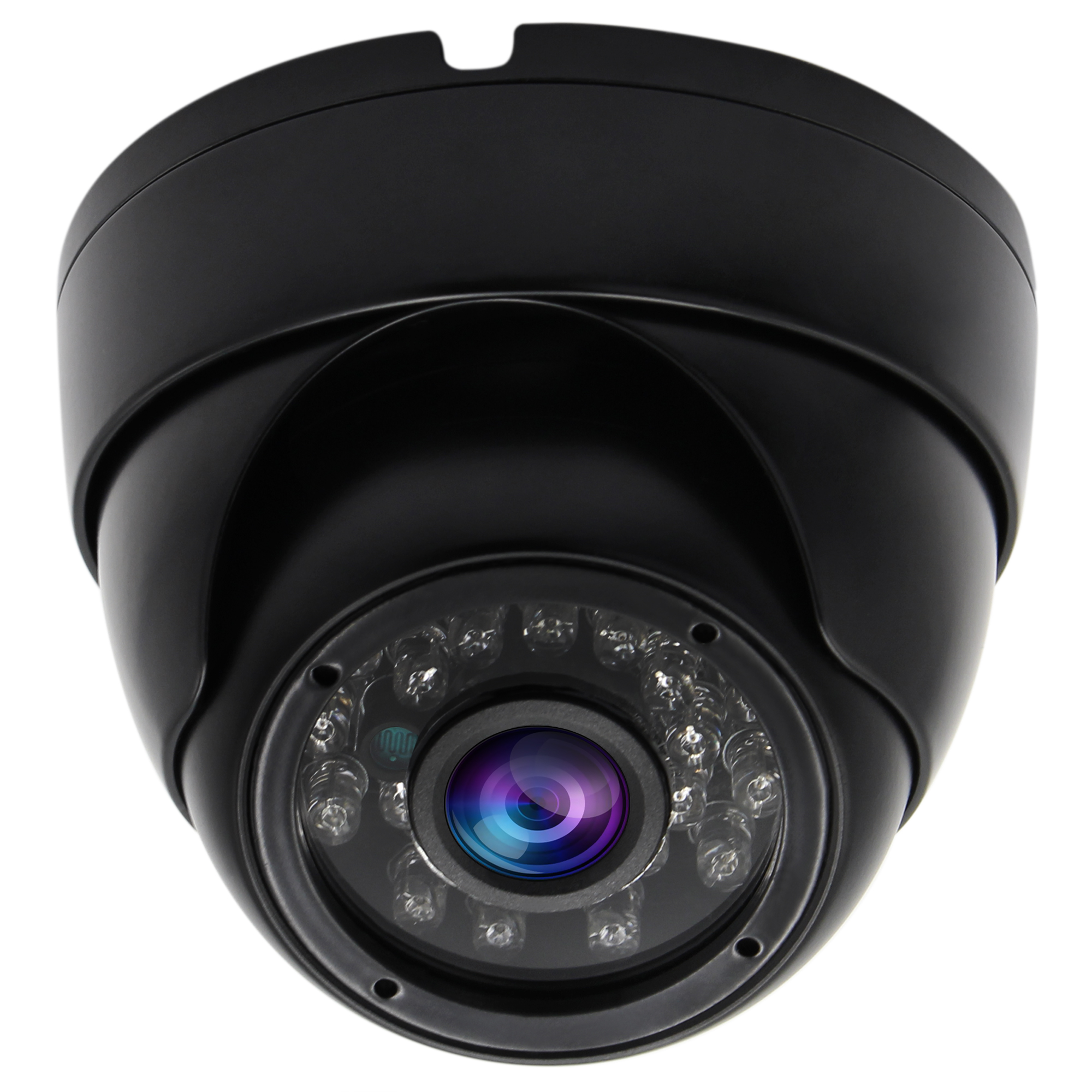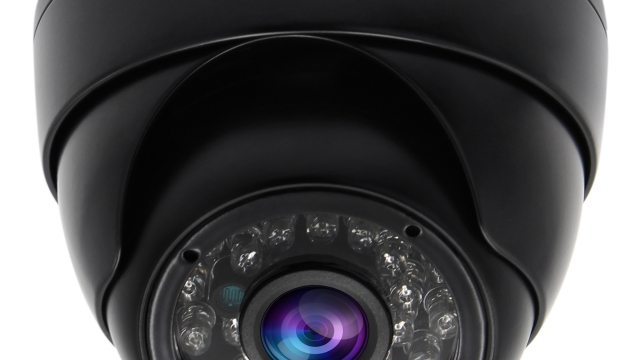
In an era where safety concerns are more pronounced than ever, security cameras have become an integral part of our everyday lives. These devices are no longer just a means to deter crime; they are essential tools that enhance awareness and foster a sense of security in both public and private spaces. As technology evolves, so too does the ability of these cameras to capture high-quality footage, connect to the internet, and provide real-time monitoring, making them indispensable in our modern world.
The impact of security cameras extends beyond their primary function of surveillance. They have transformed how we perceive safety, enabling communities to come together in a proactive manner. By providing valuable insights into our environments, security cameras help individuals and organizations understand their surroundings better, leading to informed decision-making and improved safety measures. As we delve deeper into the nuances of security cameras, we will explore how they are reshaping our approach to safety and awareness in both urban and rural settings.
The Evolution of Security Cameras
Security cameras have come a long way since their inception in the mid-twentieth century. Originally, the concept of surveillance cameras was limited to basic analog systems that offered minimal resolution. These early devices were often cumbersome and expensive, making them accessible primarily to large institutions or wealthy individuals. As technology advanced, the quality and affordability of security cameras improved significantly, allowing more businesses and homeowners to invest in these important safety devices.
With the rise of digital technology in the 1990s, security cameras underwent a major transformation. The introduction of digital video recorders replaced bulky videotape systems, enabling longer recording times and better image quality. This shift allowed for the development of networked security cameras that could transmit footage over the internet. This connectivity not only enhanced the ability to monitor live feeds from anywhere but also paved the way for remote access and management of security systems, shifting the landscape of surveillance.
In recent years, the integration of advanced features such as high-definition video, night vision, and artificial intelligence has revolutionized security cameras further. Modern devices can now offer facial recognition, motion detection alerts, and even real-time analysis of behaviors and threats. These innovations have expanded the role of security cameras beyond simple monitoring to becoming proactive tools that enhance safety and awareness in both public and private spaces. The evolution continues, promising even more intelligent systems that will likely play a crucial role in our future security landscape.
Enhancing Public Safety
The widespread deployment of security cameras in public spaces has significantly contributed to enhancing public safety. With cameras strategically placed in high-traffic areas, law enforcement agencies can monitor activities in real time, providing them with the ability to respond quickly to incidents as they occur. This not only deters potential criminal behavior but also instills a sense of security among the public, knowing that their surroundings are monitored.
Moreover, security cameras serve as valuable tools for investigating incidents after they happen. Recorded footage can provide crucial evidence during criminal investigations, helping to identify suspects and validate witness accounts. This capability not only aids in solving crimes but also plays a role in securing convictions, thereby contributing to a safer environment. Communities that actively utilize surveillance technology often see a reduction in crime rates, fostering a stronger sense of trust between residents and local law enforcement.
In addition to crime prevention and investigation, security cameras promote general safety in various locations, including schools, parks, and public transportation systems. By having these surveillance systems in place, potential threats can be addressed proactively, ensuring the safety of individuals, especially in vulnerable situations. The presence of security cameras enhances awareness, allowing both the public and authorities to collaborate in maintaining safety and preventing incidents before they escalate.
Challenges and Ethical Considerations
While security cameras play a crucial role in enhancing safety, they also bring forth significant challenges and ethical dilemmas. One major concern is the potential for misuse of the footage captured. Unauthorized access to camera feeds can lead to privacy violations, harassment, or stalking. Ensuring that security camera systems are secured against hacking and that access is granted only to authorized personnel is essential to mitigate these risks.
Wholesale Security Cameras
Another consideration is the impact of surveillance on societal behavior. The omnipresence of security cameras can create a sense of being constantly watched, which may alter individual behaviors. People might feel less free to express themselves or engage in normal activities under surveillance, raising questions about personal freedoms and the balance between safety and autonomy. This creates a need for transparent policies governing the use of security cameras and clear communication with the public about their purpose.
Lastly, the implications of biased surveillance cannot be overlooked. Studies have shown that security camera systems can disproportionately target certain demographics, leading to profiling and discrimination. It is critical for organizations to adopt fair and equitable practices in their surveillance efforts. Implementing guidelines that address these biases and promoting accountability can help ensure that security camera usage supports safety without infringing on civil liberties.






Recent Comments